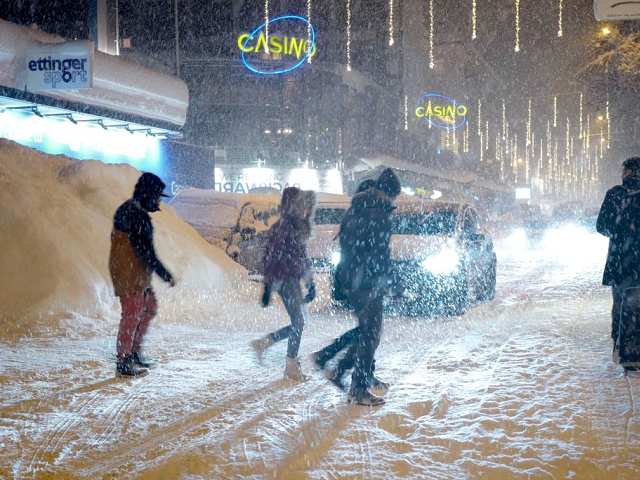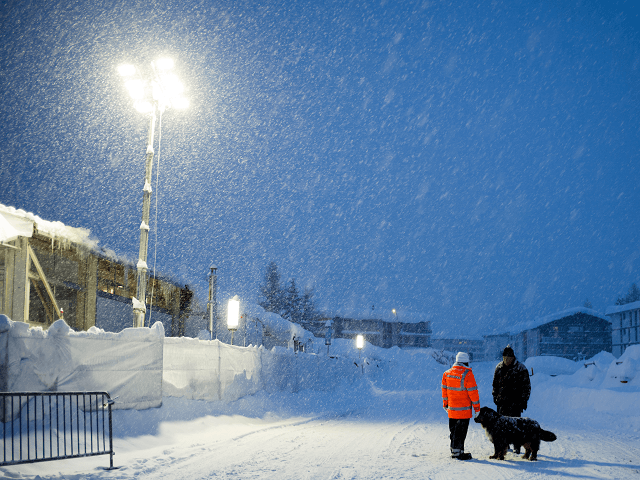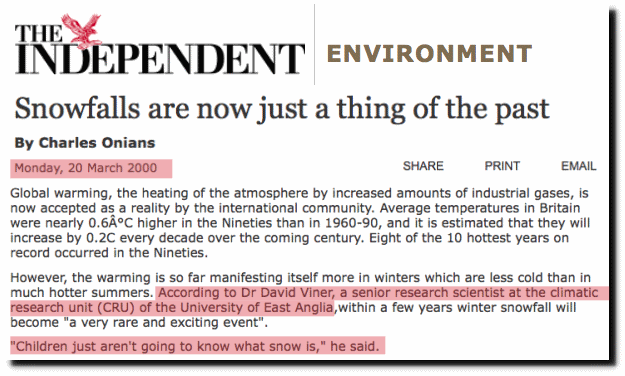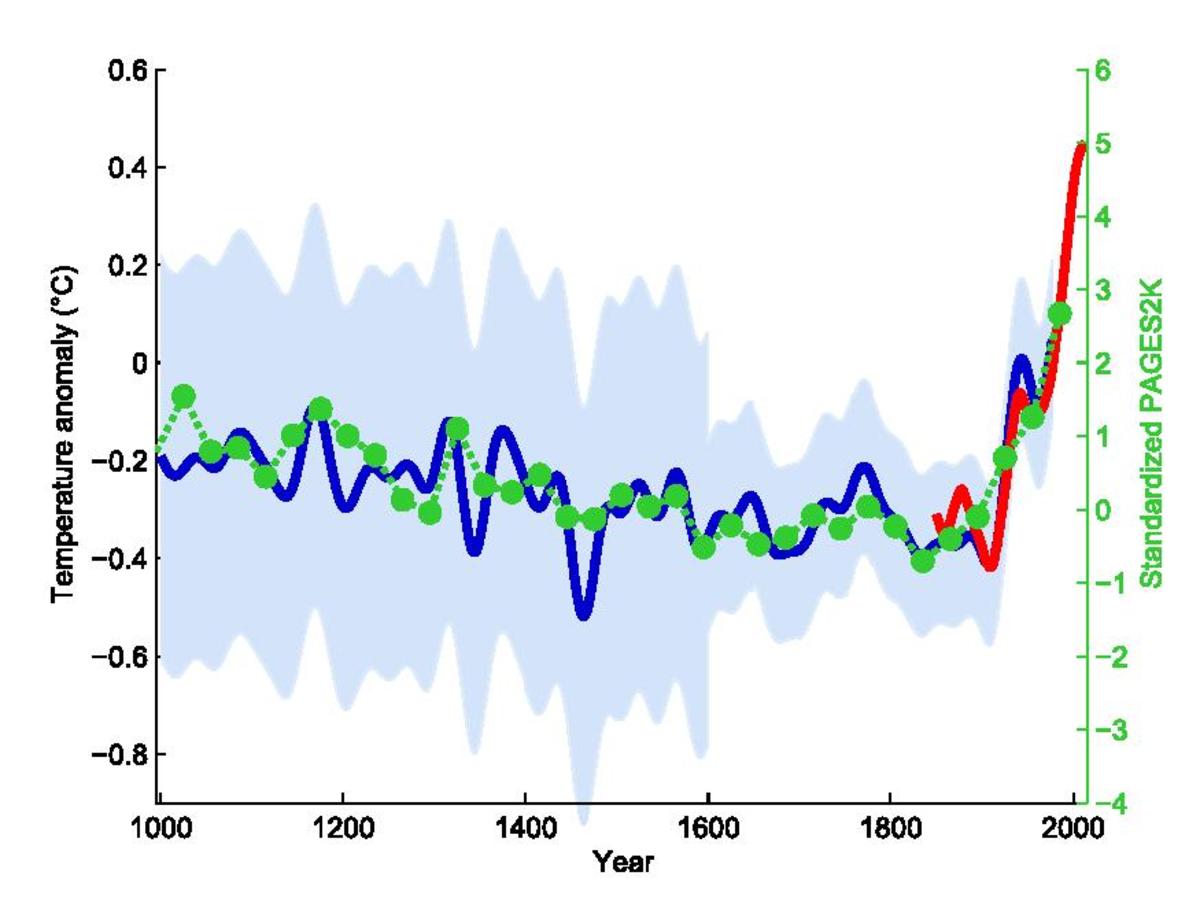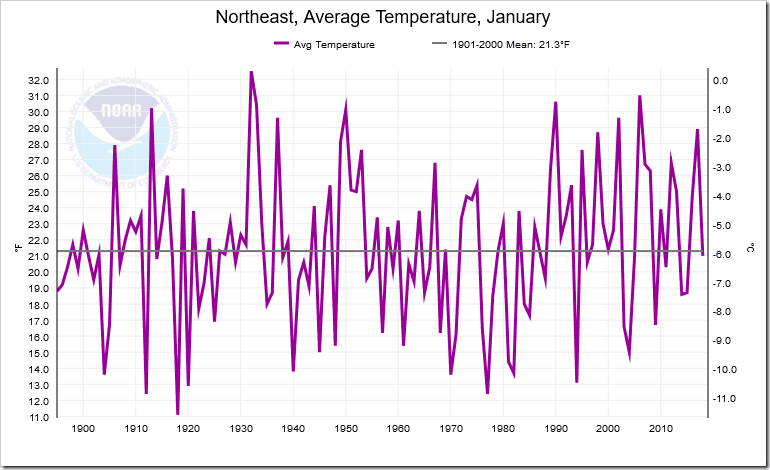- Joined
- Apr 1, 2005
- Messages
- 10,904
- Reaction score
- 6,608
Everybody rejoice: compared to the previous year, 2017 was Global Cooling.
Planet finally stops setting warmest year records; 2017 merely finishes Top 3
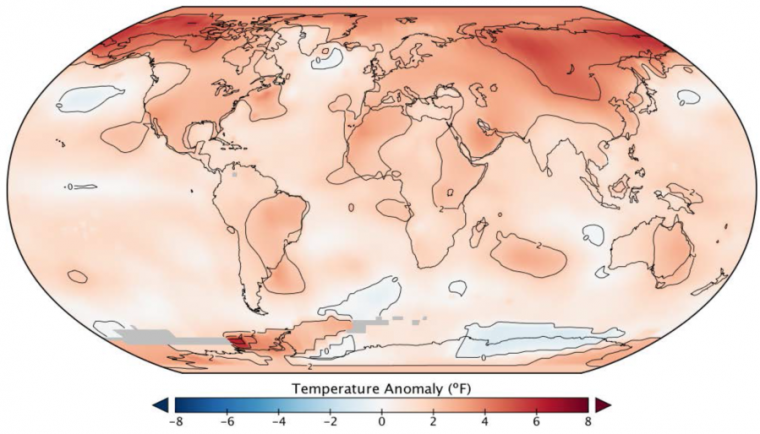
It turns out that the cold weather in the eastern United States around the holiday season was not indicative of what was happening on the rest of the planet, much less for the rest of the year.
After three consecutive "hottest on record" years in 2014, 2015, and 2016, the dubious trophy was not expected to change hands again this year. In fact, in our coverage of the 2016 numbers last January, we highlighted the UK Met Office prediction that 2017 would probably come in third by a hair, which it did.
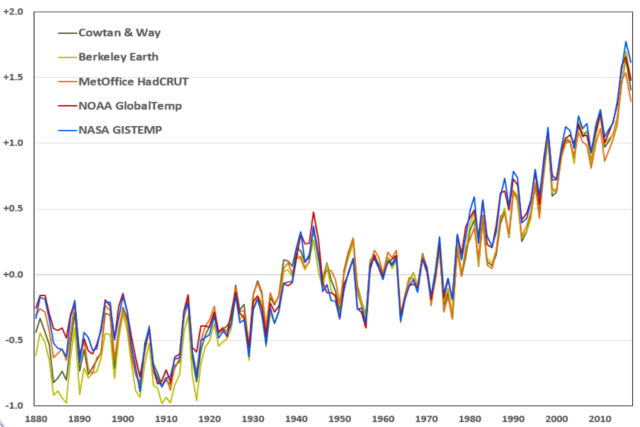
A number of global temperature datasets compared (in degrees Fahrenheit).
While continued global warming is the reason that we keep breaking records, there is a significant amount of natural variability that determines which years end up being the record breakers. The largest factor is the El Niño Southern Oscillation, a pattern of warm surface water distribution in the Pacific Ocean. El Niño years have slightly elevated global average surface temperatures, while La Niña years tend to drop just below the long-term trend line. After strong El Niño conditions in 2015 faded in 2016, 2017 saw pretty neutral conditions that eventually shifted into a mild La Niña. As a result, 2017 global temperature stayed a tick below 2016.
Planet finally stops setting warmest year records; 2017 merely finishes Top 3

It turns out that the cold weather in the eastern United States around the holiday season was not indicative of what was happening on the rest of the planet, much less for the rest of the year.
After three consecutive "hottest on record" years in 2014, 2015, and 2016, the dubious trophy was not expected to change hands again this year. In fact, in our coverage of the 2016 numbers last January, we highlighted the UK Met Office prediction that 2017 would probably come in third by a hair, which it did.

A number of global temperature datasets compared (in degrees Fahrenheit).
While continued global warming is the reason that we keep breaking records, there is a significant amount of natural variability that determines which years end up being the record breakers. The largest factor is the El Niño Southern Oscillation, a pattern of warm surface water distribution in the Pacific Ocean. El Niño years have slightly elevated global average surface temperatures, while La Niña years tend to drop just below the long-term trend line. After strong El Niño conditions in 2015 faded in 2016, 2017 saw pretty neutral conditions that eventually shifted into a mild La Niña. As a result, 2017 global temperature stayed a tick below 2016.

